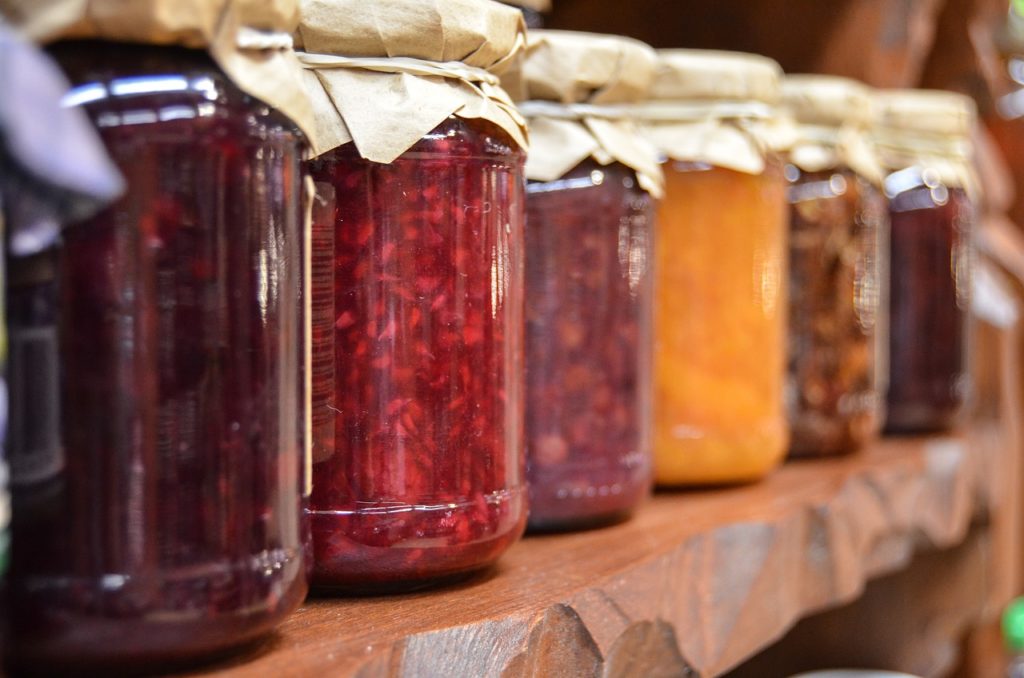What is food grade hyaluronic acid?
Hyaluronic acid (HA or (C14H21NO11)n) is highly moisturizing and widely used in the cosmetic industry. It is a sugar polymer commonly found in human skin, eyes, and joints. HA in your body keeps your body moist, soft, and supple.
Many hyaluronic acid products are used for water retention. According to the purpose of use, it can be divided into four types: cosmetic grade, food grade, medical grade, and injection grade. Cosmetic grade is very popular among beauty enthusiasts, but food grade is also very important for its moisturizing and anti-aging benefits. This article discusses the benefits, uses, and more of food-grade hyaluronic acid.
Food Grade Hyaluronic Acid
Is food grade hyaluronic acid worth it?
Of course. You can easily find such HA in beverages, vitamins, capsules, and supplements because it has the following benefits:
- Helping retain moisture inside the body and skin.
The weight of the water that HA attracts is more than 1,000 times its own weight. Therefore, a small amount of HA is enough to give your skin a sip of water. Plus, it leaves your skin feeling refreshed in the long run.
2. Helping prevent skin aging and other skin problems.
Such supplement reduces wrinkles and makes skin suppler. It also protects the body from harmful elements such as UV rays and environmental pollutants. HA may also promote cell proliferation.
Related article: What are the main benefits of micro hyaluronic acid for the skin?
Are there plant-derived hyaluronic acid?
The two main methods of producing hyaluronic acid are animal sources and fermentation.
1. Vegetable HA is obtained by microbial fermentation.
This is a widely used method to produce food grade hyaluronic acid because it is cheap and environmentally friendly.
- Animal sources have been used in the past.
The earliest source for obtaining HA was the chicken comb, but was abandoned due to its low efficiency and complexity of the process.
Stanford Chemicals is a supplier of high purity food-grade hyaluronic acid powders. We guarantee that our hyaluronic acid is not tested on animals and is environmentally friendly. You can check our homepage to see the specifications.
This natural moisturizer is also available in tablets, capsules, and other health foods.
1. Oral HA supplements may be useful and safe if doses are less than 200 mg per day.
2. Remember to talk to your healthcare provider if needed.
3. HA usage is also different. For example, it is recommended to take 5mg per cycle
Can you safely ingest hyaluronic acid?
Yes. Food-grade hyaluronic acid is rather safe for ingestion. The reason is listed as follows.
- HA is a substance found in the human body.
- Report on the adverse effects of HA is rare.
- However, take professional instructions from doctors if needed.
- Take caution if you are allergic or pregnant.
Conclusion
Food-grade hyaluronic acid is a natural humectant with numerous applications, and it could attract water for your skin under normal dosage. Hope that you can have a better comprehension of food-grade hyaluronic acid and its usage. Stanford Chemicals have rich experience in the manufacturing and sale of HA. Sodium hyaluronate powder and other derivatives of HA are also available. Check our website to find great food-grade hyaluronic acid products.
